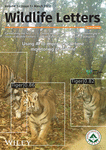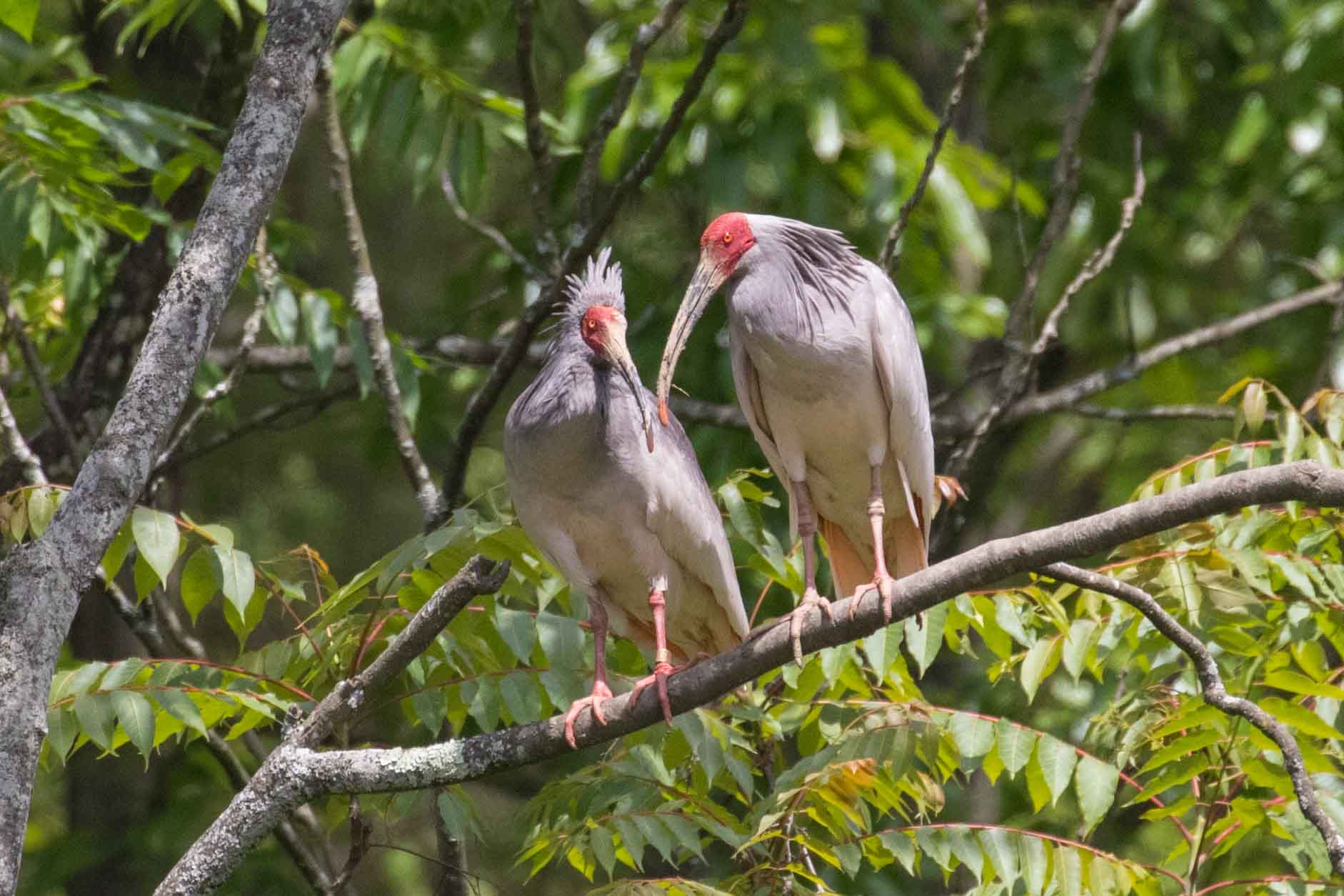|
Population Dynamics and Conservation of Tricolored Blackbirds, Agelaius tricolor I am interested in the population dynamics and conservation of Tricolored Blackbirds. Tricolored Blackbirds are the most colonial songbird in North America, and represent a conservation challenge because of their itinerant breeding and use of multiple habitats. The species is largely endemic to California (>99% of birds) with small populations in adjacent states and Baja. The species is protected as a "threatened species" by the California Endangered Species Act. It is of conservation concern because populations have declined in abundance by an estimated 89% between the 1930’s and 1980’s. California experienced dramatic wetland losses, with a 91% loss between 1780 and 1980. Wetland loss and fragmentation are cited as the principle reasons for decline. Yet, the species has also shifted the kinds of habitat used for breeding, making it hard to know the role of shifts in habitat type in observed declines. My lab has worked with collaborators to analyze population trends, look at habitat use, effects of pesticides (Graves et al. 2022), and effects of weather (e.g., rainfall, drought). The species has also advanced its breeding by an average of 22 days between 1939 and 2009, which likely is an effect of climate change. The work has been funded by the California Department of Fish and Wildlife. Work with Orin Robinson and others (Robinson et al. 2018, 2021) has used eBird data, banding data from Bob Meese and other data sources together with integrated population models to examine the population dynamics of the species. The Tricolored Blackbird Portal was populated with historical data by my lab and provides more information about the species. 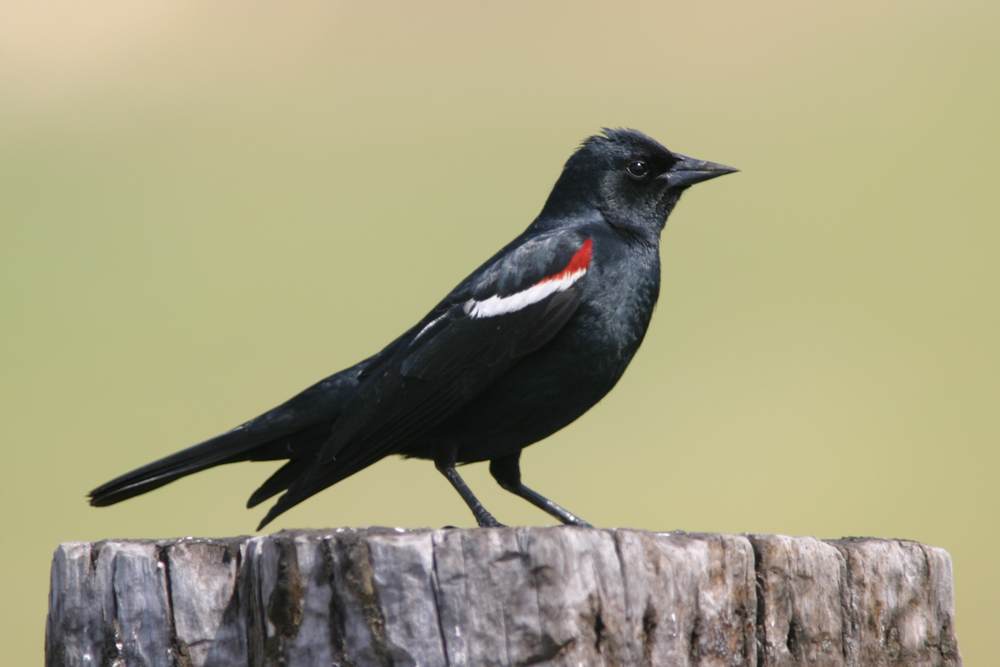
Male Tricolored Blackbird. @ Marcel Holyoak
Conservation of a threatened beetle The Valley Elderberry Longhorn Beetle (VELB), Desmocerus californicus dimorphus, is a threatened species protected by the USA Endangered Species Act. My lab has worked extensively on the spatial population dynamics of the species (Collinge et al. 2001; Dobbins and Holyoak 2021), habitat restoration for the species (Holyoak and Koch-Munz 2008), and threats to survival (Talley et al. 2007; Holyoak et al. 2010). 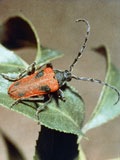
Male VELB, photo Dick Arnold. 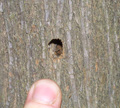
A beetle exit hole in an elderberry stem @ Marcel Holyoak Beetles spend most of their lives burrowing inside elderberry stems. They leave distinctive emergence holes of 6-10mm diameter.
Other conservation projects I have collaborated on a variety of conservation projects related to the recovery of populations of Amur Leopard and Amur Tiger in Northeastern China. Projects have looked at habitat connectivity (Long et al. 2021, Qi et al. 2021a), changes in food web structure with human activity (Qi et al. 2021b; Wen et al. 2023). I have also collaborated on work looking at changes in habitat preferences of Crested Ibis in Central China (Ma et al. 2021). The birds preferentially nest in trees close to human habitation, likely for protection, in areas with organic rice fields.
|

